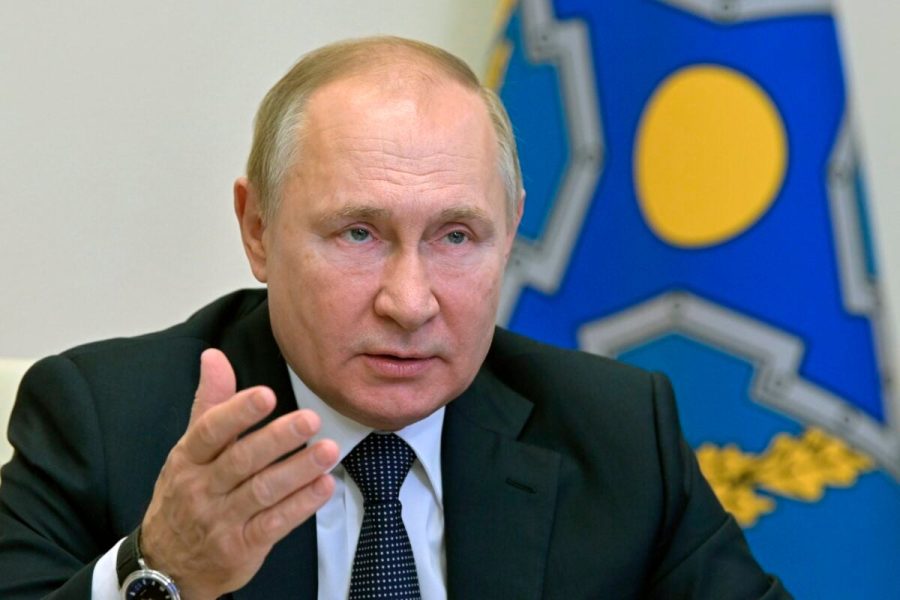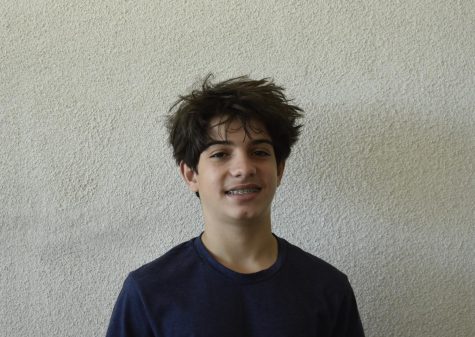Russia’s encroachment upon Ukraine
Russian forces converge at Ukraine’s Eastern border
January 26, 2022
Upon the dissolution of the Soviet Union in 1991 the region of Ukraine became independent for the first time since 1920 when it experienced a fleeting period of autonomy. Many Ukrainians, primarily those residing in the west, embraced a more European identity after being released from the destitute USSR. However, many in the east remained ethnically Russian and thus, held a bias in favor of the newfound Russian Federation. These ethnic disparities ensure that Russia will immutably hold influence in the country.
Recently, Russia’s fervor for reclaiming the territory of Ukraine has become increasingly intense. Russia’s president, Vladimir Putin has deployed over 100,000 soldiers along Ukraine’s eastern border, suggesting further incursion is imminent.
Putin’s actions have been catalyzed primarily by the expansion of the North Atlantic Treaty Organization. NATO was formed by the US in 1949 in collaboration with various European nations to establish a coalition which would limit the powers of the then-present Soviet Union.
Proceeding the downfall of the USSR the organization has absorbed a considerable portion of the nations involved in the Warsaw Pact, Russia’s answer to NATO. These countries include select Balkan states such as Romania, Bulgaria, and Slovenia in addition to the Baltic states, Estonia, Latvia, and Lithuania; all three former Soviet territories which border Russia.
Putin’s concern stems from the fear of reducing allies in the bloc of Eastern European nations. This compounded with growing dissent and turmoil in various central Asian countries, many of these nations also being former USSR territory, has likely increased the volatility of Putin’s decision-making.
Nearly a quarter of Ukrainians speak Russian; 17% of ethnic Russians residing in Ukraine, primarily in the east. Donetsk and Luhansk, two of the easternmost regions of Ukraine, are controlled by Russian-subsidized separatists, and have been deemed by these groups as being independent from the country. The Donetsk and Luhansk People’s Republics, as they are now known, provide a platform for Russian mobilization in Ukraine. The largest quantity of Russian troops are located in this region and are primed for invasion.
Collaborating with Alexander Lukashenko, the president of Belarus, Putin has engaged in joint Russian-Belarusian military exercises. Lukashenko and Putin align philosophically in their admiration of the imperial extent of the former USSR. It can be inferred that they would both endorse an invasion and annexation of Ukraine, and Belarus’ border with the nation allows for a northeastern advantage in the case of direct fighting.
Putin has in the past displayed a disposition to annex former Soviet territory with his invasion of Crimea, a peninsula located in the south of Ukraine in the black sea, in 2014. Considering the imperial proclivities of the autocratic president, an assault on Ukrainian territory mustn’t be ruled out as a possibility.
To abate Putin’s rapid escalation of conflict in Ukraine, the United States has engaged with Russia diplomatically. Unfortunately, the Russian president remains obstinate and has generally demonstrated ambivalence to America’s requests. Putin seems vehemently subscribed to Russia’s imperial identity which has existed ever since Russia became a unitary, recognized state. Many Russians, Putin included, have difficulty comprehending that Kyiv, the Ukrainian capital, is not a city in Russia.
From the geographic extent of the former Tsarist monarchies to the “iron curtain” firmly established by the Soviet Union, Russia has never been a relegated, tranquil state. For Russia to repudiate its insatiable desire for lost territory, it must acclimate to an ideology not solely focused on glorification of the past but instead on embracing allies in a more global context.


